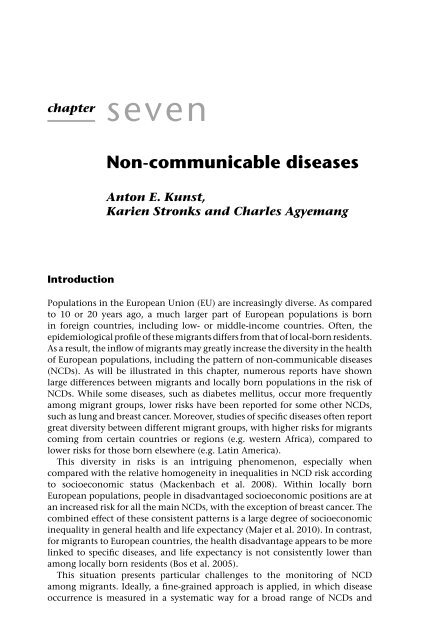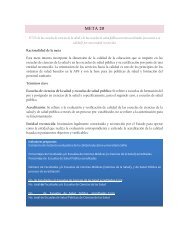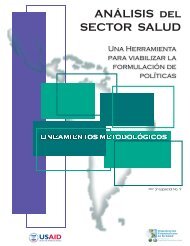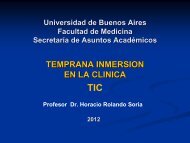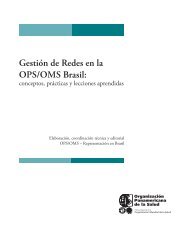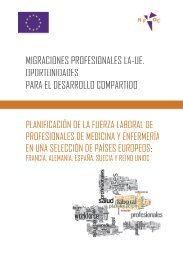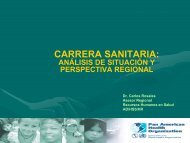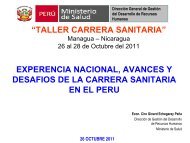English - World Health Organization Regional Office for Europe
English - World Health Organization Regional Office for Europe
English - World Health Organization Regional Office for Europe
Create successful ePaper yourself
Turn your PDF publications into a flip-book with our unique Google optimized e-Paper software.
chapter<br />
seven<br />
Non-communicable diseases<br />
Anton E. Kunst,<br />
Karien Stronks and Charles Agyemang<br />
Introduction<br />
Populations in the <strong>Europe</strong>an Union (EU) are increasingly diverse. As compared<br />
to 10 or 20 years ago, a much larger part of <strong>Europe</strong>an populations is born<br />
in <strong>for</strong>eign countries, including low- or middle-income countries. Often, the<br />
epidemiological profile of these migrants differs from that of local-born residents.<br />
As a result, the inflow of migrants may greatly increase the diversity in the health<br />
of <strong>Europe</strong>an populations, including the pattern of non-communicable diseases<br />
(NCDs). As will be illustrated in this chapter, numerous reports have shown<br />
large differences between migrants and locally born populations in the risk of<br />
NCDs. While some diseases, such as diabetes mellitus, occur more frequently<br />
among migrant groups, lower risks have been reported <strong>for</strong> some other NCDs,<br />
such as lung and breast cancer. Moreover, studies of specific diseases often report<br />
great diversity between different migrant groups, with higher risks <strong>for</strong> migrants<br />
coming from certain countries or regions (e.g. western Africa), compared to<br />
lower risks <strong>for</strong> those born elsewhere (e.g. Latin America).<br />
This diversity in risks is an intriguing phenomenon, especially when<br />
compared with the relative homogeneity in inequalities in NCD risk according<br />
to socioeconomic status (Mackenbach et al. 2008). Within locally born<br />
<strong>Europe</strong>an populations, people in disadvantaged socioeconomic positions are at<br />
an increased risk <strong>for</strong> all the main NCDs, with the exception of breast cancer. The<br />
combined effect of these consistent patterns is a large degree of socioeconomic<br />
inequality in general health and life expectancy (Majer et al. 2010). In contrast,<br />
<strong>for</strong> migrants to <strong>Europe</strong>an countries, the health disadvantage appears to be more<br />
linked to specific diseases, and life expectancy is not consistently lower than<br />
among locally born residents (Bos et al. 2005).<br />
This situation presents particular challenges to the monitoring of NCD<br />
among migrants. Ideally, a fine-grained approach is applied, in which disease<br />
occurrence is measured in a systematic way <strong>for</strong> a broad range of NCDs and


